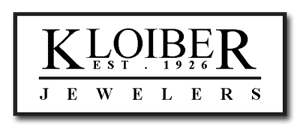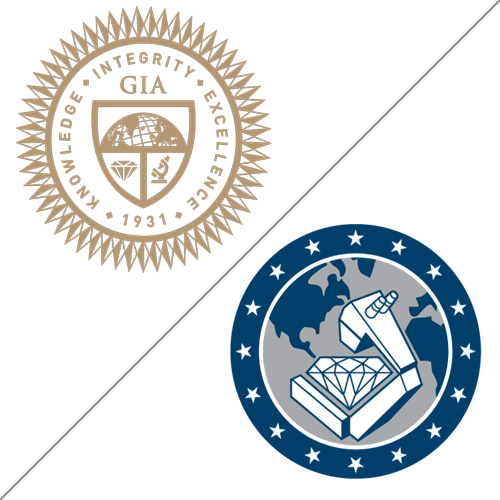Purchasing a diamond is like shopping for a car. Both are significant purchases that require some research. Whereas the value of a car is primarily determined by its mileage, make, and condition, a diamond’s value is determined by its color, carat weight, cut, and clarity (the 4 C’s).
So who determines the quality of a particular diamond? Whenever someone wants to ascertain the quality grade of a diamond, he or she sends it to a gemological laboratory. Laboratories such as the American Gem Society (AGS), American Gemological Laboratories (AGL), European Gemological Laboratory (EGL), Gem Certification and Appraisal Lab (GCAL), Gemological Institute of America (GIA), and the International Gemological Institute (IGI) all offer detailed grading reports on diamonds and other gemstones. While some of these laboratories use their own grading systems, most base their grades off of GIA standards. The GIA invented the 4 C’s of diamond quality and remains to be the global authority on diamonds and gemstones.
Both the GIA and the EGL are two of the most well-known diamond grading laboratories. Chances are that if you’re looking at a diamond grading report, it came from one of these two organizations. But be forewarned, even though these two laboratories base their grades off of the traditional GIA grading system, they are very different.
The most notable difference between these two diamond grading laboratories is that the EGL’s diamond grading reports are typically held to lower standards compared to GIA. For instance, a D color diamond graded by the EGL might actually be an F color diamond graded by the GIA. Similarly, a VS1 diamond graded by the EGL might coincide with a SI2 diamond graded by the GIA. So why do diamond owners/dealers send their diamonds to the EGL even though this company is known for being a little relaxed on their grading requirements? Well, the EGL offers a quicker turnaround time and lower price compared to the GIA. To save money and receive their report sooner, some diamond dealers choose the EGL over GIA for grading their diamonds.
This is why it’s so important to not only know the color, clarity, carat weight, and cut grades of a certain diamond, but also which company graded it. Failing to do so might mean overpaying for a diamond.
So what can you do if you’re interested in purchasing an EGL certified diamond? Your best bet is to compare it in-person to other similar diamonds that are GIA certified. You’ll most likely notice very distinct differences between the diamonds even though they might be graded similarly. Most importantly, however is to always purchase a diamond from a reputable source who won’t try to mislead you into purchasing a diamond that isn’t what you expected. We highly recommend working with a jeweler who has many years of experience working with diamonds and knows how to accurately price them. Diamond experts, like those at Kloiber Jewelers know what can be expected from the different diamond grading laboratories and can guide you into selecting the best diamond given your budget.
If you’re interested in purchasing a diamond or have any questions about diamond grading, contact Kloiber Jewelers via phone at 414-276-2457 or email at info@kloiberjewelers.com.


